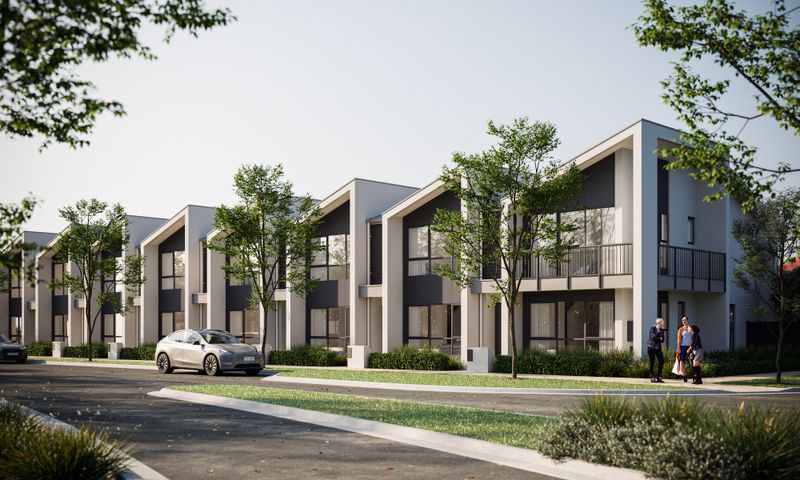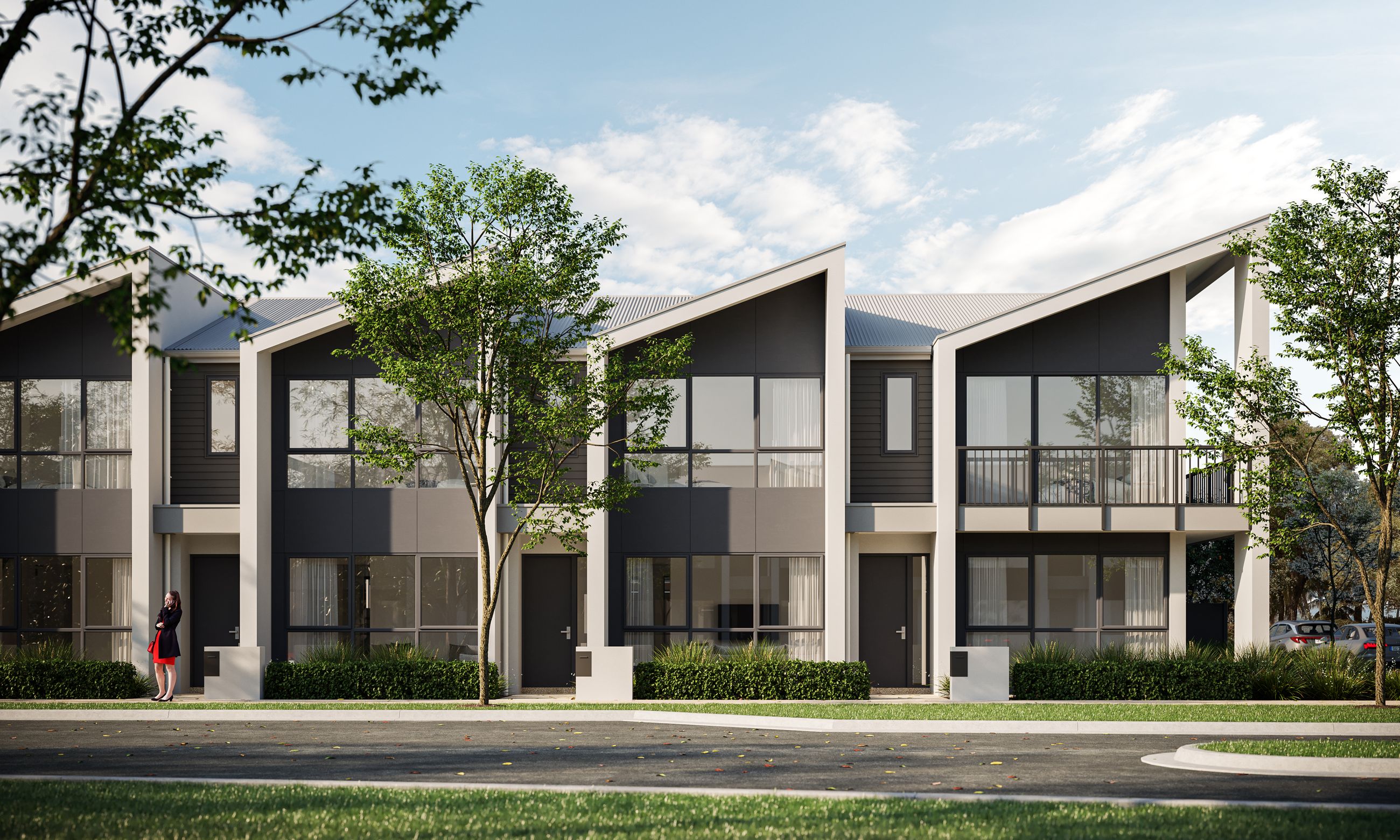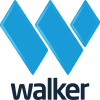March 2024 | News
Riverlea provides another solution for Adelaide's downsizers
Walker Managing Director and Chief Executive Officer David Gallant speaks to The Advertiser about how Riverlea can help ease Adelaide's housing crisis alongside other industry experts.
As Featured
The Advertiser
View
A greater mix of housing options is needed for the state’s ageing population to avoid a “silver tsunami” exacerbating a housing crisis, industry leaders say.
More apartments, single-bedroom homes and long-term rentals are needed for the state’s ageing population to avoid a “silver tsunami” exacerbating a housing crisis, industry leaders say.
Calling for Adelaide’s housing mix to broaden beyond the traditional quarter acre-block, they are urging the easing of planning and other barriers to overcome tight rental and real estate markets.
South Australia has an older population than the national average and a higher proportion of people in almost all age groups over 45.
SA’s share of single-person households grew to 28.5 per cent at the 2021 Census, from 28 per cent in 2016 – higher than the 2021 national figure of 25.6 per cent.
The chief executive of major retirement living accommodation and aged care services provider ECH, Claire Scapinello, urged a more deliberate approach to permitted and prohibited developments across the state and, in particular, metropolitan Adelaide, to enable older people to downsize in the areas in which they already lived.
“If you look at some of the development in the east, southern or even western areas, people who have lived there and are downsizing and would like to live in apartments or something smaller, there actually isn’t necessarily the availability for them to do that to free up other housing stock or come into a retirement village, for example, because you’re also constrained with what you can develop and can’t develop in those areas,” she said.
Ms Scapinello said long-term rental leases, stretching several years like those in Europe, would help keep older people in secure, affordable housing for longer.
“If you’re an older adult, and you have a lot of your existing funds tied up in a home, sometimes releasing that and then having a rental option for a long-term, guaranteed rental still gives you that security and housing but actually it frees up available capital for you. That’s something that we need to look at into the future with affordability being more of an issue,” she said
“We’ve always had the great Australian dream, you know, the house and having the quarter acre block etc and I think to keep up with the migration, changes in society, people wanting to live closer to the city, having access to greater amenities and facilities, people can’t always afford necessarily to buy. So having rental options, I think, is a great way to counteract those challenges.”


An artist's impression of the new terrace houses at Riverlea
Property Council of Australia executive director retirement living Daniel Gannon said SA had 166,700 people aged over 75 but this would increase to 256,000 by 2040, branding this “an impending silver tsunami”. An estimated 126,000 SA people were living homes oversized for their needs.
Planning Minister Nick Champion highlighted greater powers, from Monday, for councils to approve self-contained accommodation such as granny flats and student homes.
Walker Corporation managing director and chief executive officer David Gallant said the answer to changing demographics was awareness of required housing types, now and into the future, built into a masterplan with flexible planning codes.
“We are already seeing this at Riverlea, where we have both children and their parents purchasing into the development so that they can be close to each other,” he said.
“We have recently released our first range of terrace homes that we believe will be in demand from the younger generation, who are not ready for the larger home and backyard and also for some of our empty nesters that are looking at something smaller but of high quality.”
This article was originally published in The Advertiser, written by Paul Starick, Erin Jones and Dasha Havrilenko.













